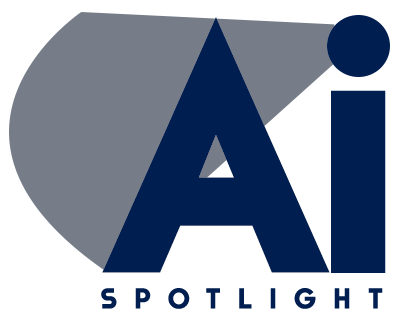The Art of AI: Protected by Copyright Law or Up for Grabs
Artificial Intelligence (AI) is revolutionizing industries across the globe, and its potential seems limitless. From self-driving cars to personalized recommendations, AI has become an integral part of our daily lives. However, amidst all the excitement and innovation, a crucial question arises – who owns the art created by AI?
In the realm of traditional art, copyright law protects the creators and their creations. But when it comes to AI-generated artwork, there is a gray area that requires careful consideration. Can AI be considered the author of the artwork, or is it the responsibility of its human creator? Let’s delve into the intricacies of copyright law and explore how it applies to the fascinating world of AI art.
The Creative Process: Humans and Machines Collaborating
AI artwork is a unique blend of human creativity and machine intelligence. It often starts with a human artist training an AI model with a vast dataset, enabling the AI to learn patterns and generate original art. The AI then produces artwork based on its learned knowledge and the artist’s preferences.
While the AI plays a significant role in the creative process, it is important to remember that it is ultimately a tool created and guided by humans. The AI’s output is influenced by the artist’s choices, including the training data and the parameters set by the artist. This collaborative effort blurs the line between human creativity and machine intelligence, raising questions about copyright ownership.
The Copyright Conundrum: Human or Machine?
Under current copyright law, artwork is protected as soon as it is created, giving the creator exclusive rights to reproduce, distribute, and display their work. However, AI-generated art challenges this traditional notion, as there is no clear answer to the question of who should hold these rights.
Some argue that the AI itself should be recognized as the author, considering its role in the creative process. They believe that granting the AI copyright protection would encourage further innovation and creativity in the field of AI-generated art. On the other hand, opponents argue that copyright should be reserved for human creators, as AI lacks the human qualities necessary for creative expression.
A Balancing Act: The Need for Clear Guidelines
To navigate this complex landscape, it is imperative to strike a balance between protecting the rights of human creators and fostering the advancement of AI-generated art. Clear guidelines and regulations are necessary to ensure fairness and accountability.
One possible solution is to attribute copyright to both the AI and the human artist. This dual ownership recognizes the contributions of both parties and establishes a framework for collaboration rather than conflict. Another approach could be to consider the AI as a tool, similar to a paintbrush or a camera, with the human artist retaining sole copyright ownership.
The future of AI-generated art relies on the development of a comprehensive legal framework that acknowledges the nuances of collaboration between humans and machines. By providing clear guidelines, we can encourage innovation while respecting the rights and contributions of all involved.


